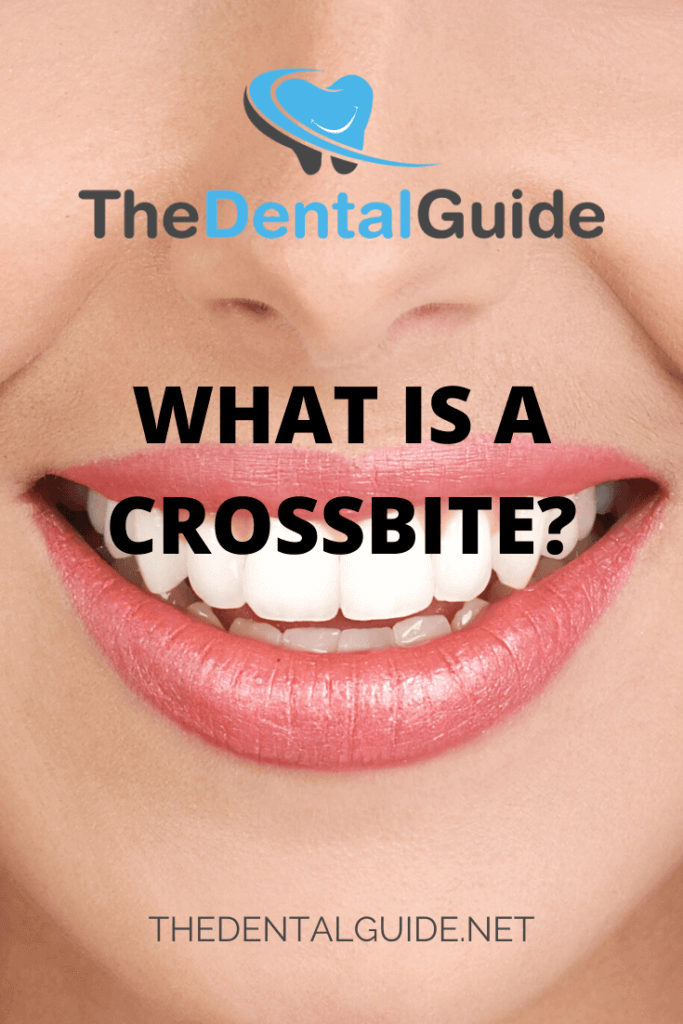A crossbite is when the front or back teeth, or both, are misaligned. In a correct bite, the upper teeth usually sit just outside the bottom teeth when biting down.
When the top and bottom teeth don’t meet the way they should, it’s called malocclusion. A crossbite is a type of malocclusion and is often present in childhood.
There are two types of crossbites. In both, single teeth can be affected or groups of teeth. A posterior crossbite is when the back teeth at the top sit inside the bottom teeth. Anterior is when the front teeth at the top sit inside the bottom teeth.
What Causes a Crossbite?
The development of a crossbite is often hereditary and is the result of a narrower upper jaw or a fuller lower jaw. If a parent has a crossbite due to jaw size, it’s not unusual for a child to develop a crossbite. Unlike an underbite, a crossbite isn’t due to the lower jaw jutting forward.
Other factors, especially childhood behaviours, can come in to play and cause a crossbite to develop even when the jaw size is standard at birth.
A delayed loss of baby teeth can cause misalignment of the teeth. Baby teeth usually fall out just before the adult tooth underneath is ready to erupt.
However, if baby teeth don’t fall out when they should, permanent teeth can grow in at an abnormal position as they try to push past the baby teeth. When this happens, the baby teeth can be extracted, but the permanent teeth may need orthodontic treatment to realign them.
There are other factors to consider that can lead to a crossbite. Aggressive thumb-sucking and prolonged use of pacifiers or bottles can put pressure on the teeth and pull them out of their normal position. Long-term mouth breathing, especially while sleeping at night, can also contribute to a malocclusion.
Treatment Options
The best and easiest time to treat a crossbite is during childhood and adolescence. During this time, the bones in the jaw are still a bit more malleable while they’re still developing. If you catch a crossbite early enough, you can widen the upper jaw before permanent teeth come in.
Devices such as palatal and maxillary expanders can gradually widen the jaw over time and can be very useful in treating a crossbite before it gets worse.
The jaw and teeth have fully developed by adulthood, but adults still can, and should, seek treatment as well. Treatment options can be more limited for adults, but it’s still possible.
Braces can be useful for most mild cases of a crossbite. Braces have come a long way, and there are different options based on the severity of your situation and your preferences.
If braces alone aren’t enough, there are options for palate expansion for adults as well. Removable expanders work very well for mild cases. For more severe cases, options include rapid palatal expanders and surgically assisted palatal expansion.
If not corrected, a crossbite can cause problems such as gum disease, tooth decay, severe headaches, jaw muscle strain, and an asymmetrical face. So, it’s best to seek treatment as soon as possible.
